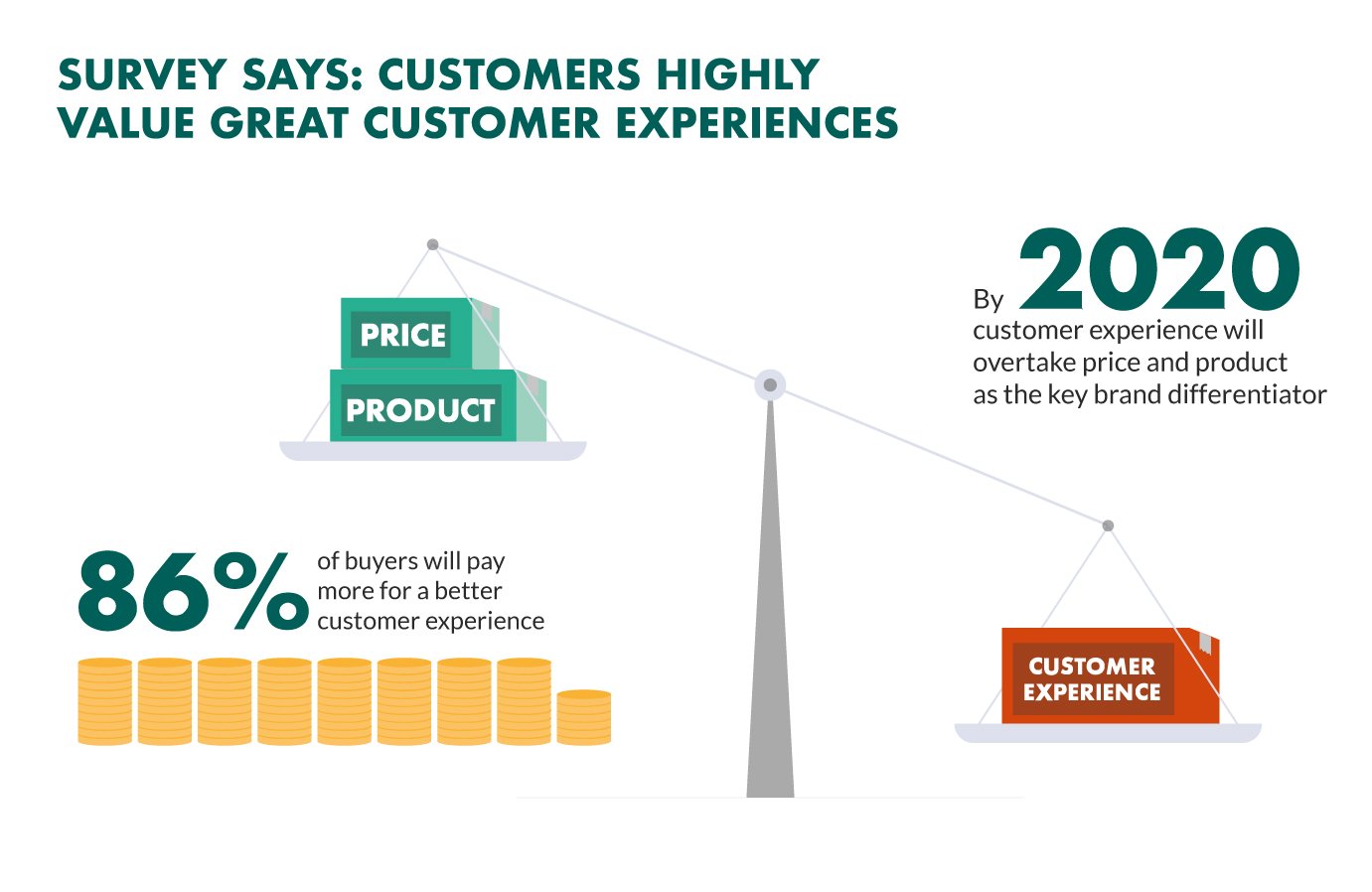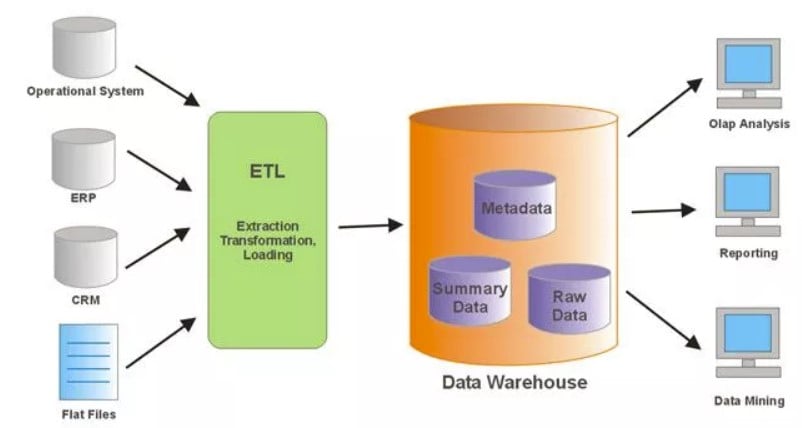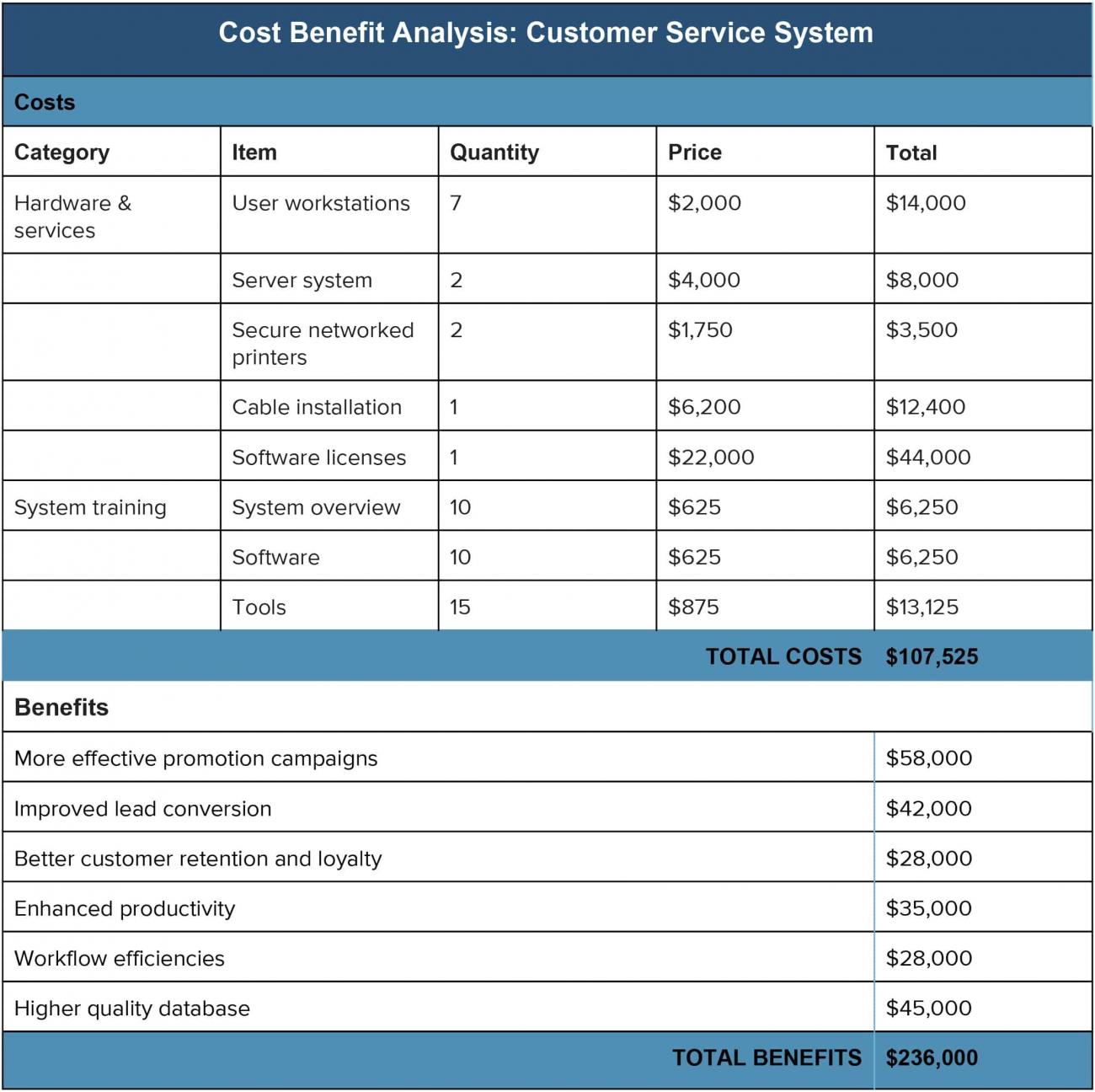Data Consolidation: Best Practices For Successful Marketing Results

In the digital landscape, business and marketing channels continue to broaden.
As the number of channels your company operates in increases, data can become increasingly separated. If you don’t manage your business data effectively, you will get data silos.
These are separate pockets of data that can be difficult to access. In a business environment where customer experience is becoming more crucial, under-utilized data can harm your business.
The latest research tells us that customer experience is a key brand differentiator in today’s online market. Customers expect a consistent experience across all your platforms. If you’re not centralizing customer data collection, it’s challenging to ensure consistency.
If you're not leveraging your customer data to improve the customer experience, you should consider data consolidation. What consolidating your data means is explained below in more detail.

The Principles of Data Consolidation
At its core, data consolidation is about merging all of your data sources into one centralized storage location. It doesn’t necessarily mean a physical location. We could be talking about a cloud storage solution. In fact, that’s one of the most popular data consolidation options.
You’ll use a process known as ETL to Extract, Transform and Load the data from separate sources into a central storage solution. Then, you analyze this data and feedback into your own reporting, analysis, and data handling.
Centralized Storage
The primary benefit here is the data analytics of your company. Having all of your information available in one place means you can confidently extract trend data. All while, you’re safe in the knowledge that you have all the available business data needed.
Centralized storage means all your data from separate sources are collected in one data warehouse. You’ll normally use AI-integrated systems to sort and categorize this data automatically.
Integrated Systems
The next step comes with integrating your systems. If you want to make the most of consolidated data, it should be accessible. Look at every system you have from—employee communications to marketing automation software.
Every system should be able to communicate. If not, you will need to adopt a process for extracting and transforming the data. If your systems can be integrated with your centralized data, then you enable the next move. Ensuring data handling staff have access.
Simplified Access
Centralized data can enhance the customer experience, improve your reporting and increase your business’ efficiency. However, it can only do so if the relevant staff can access that data.
A single platform that can provide access to both backend data for analysis and customer data for service is the ideal solution.

Extract, Transform, Load (ETL)
If you’re an established enterprise, you will have a lot of different data sources. Social media, marketing email, electronic retail, app store ratings, and the list could go on. ETL is the process used to gather all this data and load it into your new data warehouse.
Extracting the data means taking structured or unstructured data from its source. Then, it will be filtered for data quality. Transformation processes will depend on your organization and the data you’re trying to analyze. It could be removing duplication, encryption, and so on.
Loading the data happens once it has been processed in this way, meaning only usable data should ever enter your data warehouse.
You can do this manually, coding scripts to transform data into a format the system can understand, but this is inefficient. Real-time business data goes out of date fast. You can use a more technical solution to speed up the process, though.
Application Programming Interface (API)
Look at your different applications and ERP systems. Identify programs where you can combine APIs. It will enable you to unify the data output format and provide more control over integrating programs with a centralized data library.
Your considerations will be different here depending on whether you're starting with a few data sources or many individual programs. Starting with open-source software can be a good choice for start-ups, as you’ll begin with control over the API.
Organizations without internal technical staff should look at no-code solutions. These are based on cloud computing models. Using these tools, you can automate many parts of the ETL process. It can also be helpful for large businesses dealing with many separate data sources.
How Does Consolidating Data Benefit My Business?
Data consolidation may not be the right move for every business. Yet, there are some advantages of this model for the right organizations. Marketing companies or marketing experts, in particular, can benefit from deeper user insights.

Informed Decision Making
Consolidating data enables you to process, sort, and analyze real-time business data. This means you have a much more accurate framework for defining and tracking department KPIs.
At the same time, you can get more detailed insights into customer behaviors. There are two core benefits to this. Firstly, you can more accurately judge customer satisfaction, seeing how your service/sales process impacts customers directly.
Secondly, you can see the direct results of marketing efforts on user behavior. It gives you more actionable results when testing new copy, CTAs, and different marketing materials.
Efficiency Benefits & Cost Savings
Access to more granular data for analysis will highlight the inefficiencies in your pipeline. Picking out particular points of high attrition or common negative feedback can lead you to process optimization.
For example, say you have switched to cloud based call center solutions. Your new streamlined data shows that cold-lead conversion rates are less than 1%. It could mean various things, so you can look at that data in more depth.
A common assumption might be that your sales staff need more training on overcoming objections. In this case, though, when you look at the data, you see that you’re driving customers to your sales team who merely have low engagement with your product.
You look at your marketing data and see that it’s actually a specific marketing channel driving unqualified prospects with low conversion chances. So, you decide to optimize that channel. This is the kind of analysis you can only make with all your data available in one location.
Consistent Customer Experience
According to the latest market data, 84% of customers said experience is as important as the product. On top of that, 76% of customers expect a consistent experience across multiple departments and platforms.
Customers might want to begin a transaction on a mobile app and complete it on your website. They might want to ask a question halfway through a transaction without starting over. Whatever your customer needs, data consolidation lets you keep the multichannel experience consistent.
Integrated platforms like you would find in an enterprise call center give service and sales staff access to customer data from all channels. So, if your customer calls in about something they saw on your mobile app, the agent can see those interactions.

Enhanced Security
When you have total control over your data collection and storage process, security will become more manageable. Consistent security protocols can be applied to the data at all levels. You’re always aware of where your data is and who has access to it.
It will make the job of your data administrators and your IT security that much easier. It's especially true if you have an international business that has to account for different national security frameworks.
Tech Solutions for Data Consolidation
Data consolidation is a technology-led process. There are particular software and hardware solutions that need to be in place. It will likely mean that some investment is required. Take this into account when you create your business transformation roadmap.
AI Assistance
AI-assisted programs are becoming indispensable tools for data consolidation and analysis. The main advantage is that an AI can learn your data. This means that, once implemented, an AI assisted automated process will become more efficient at extracting usable data over time.
When you combine that with the efficiency gains from automating the process, you have a bespoke solution for laborious data handling.
Storage
Storage is where data warehousing comes in. As we showed in the data consolidation diagram above, this is a single data storage hub that can serve multiple access points. There are several options at different tech levels to consider.
At the low-cost end of the spectrum, you would have a centralized server location to store and access data. It could be an on-site server, a hosted option, or a cloud-based server. This would not include a platform or UI for accessing and reporting on the data.
At the next tier of investment, you would expect the solution to include an analytics engine. It is a program designed for data access and analysis. You would then look to integrate this with your existing front-end reporting tools.
The highest cost solutions provide the most convenience. These options would include a fully integrated front-end client, complete with reporting tools. Some solutions offer all-in-one platforms and grant easy access to customer data for service and sales staff.

Communication
Having quick and easy access to all your business data means you can respond to changes quickly. That means you also need to make sure your communication systems are intuitive.
If staff are unable to communicate the information as smoothly as you can analyze it, you’ll lose that agile adaptability. Look at enterprise communication solutions to find the best option for your business.
Integrated Access Platform
If your storage and analysis solution isn’t one of the top-end offerings, you’ll need a system for staff to access the data. It’s critical that this software can integrate and communicate with your storage solution.
The last thing you want is to add another step of data extraction into the process. You also would not want missing or unusable information slowing down your agents.
For example, if you do business in the US and China, you need to deal with unicode data sets. All systems need to be able to deal with the same data formats, or you’ll end up with unusable output.
Implementing Data Consolidation: Challenges & Best Practices
There are some unique challenges that come with consolidating existing data and systems. Also, there are a few best practice guidelines you can follow to help overcome these challenges. Let’s examine these in more detail.
Avoid Data Loss with Backups
Mistakes can and will happen. It is always a good idea to have contingency plans in place when you’re making business decisions. It applies to data transfer, too. Avoid losing valuable business data simply by failing to take precautions.
Make sure you back up the original data from its source before putting it through the ETL process. So, if data is lost or corrupted, you can always revert to the backup and repeat the process.

No Surprises—Perform a Full Cost/Benefit Analysis
There is a lot to consider when consolidating in an existing business. Technological advancements all come with a cost. As always, you need to forecast potential savings, efficiency and service gains against the initial outlay.
Know Your Sensitive Data, Avoid Security Risks
Identify potential security vulnerabilities before you transfer or transform data. Protect sensitive customer or business data at all stages of the process. Even if your process is mainly automated, there will be times when human access is required.
If you have anonymized data, make sure it stays that way. If you’re dealing with confidential data, ensure only appropriate agents have access. It need not be any different from your standard security protocols, but it does need to be consistent across the consolidation.
Final Thoughts: Consolidate Your Data for Clarity, Efficiency and Consistency
Data analysis is getting more important in business every day. The speed at which an analysis happens increases dramatically with data consolidation. It can be a vital advantage for both growing and established businesses.
Of course, data consolidation can come with a heavy investment, but you should weigh the long-term benefits against the cost. Having readable data from all parts of your business is a highly adaptable tool.
If you need to update your inventory planning methods, the data will show you that. If your customer experience is lacking in certain areas, the data will show that, too. It’s up to you where you focus your efforts, but with accessible data, you can make the most informed decisions.
Ready to track your data?
Read More
Don’t miss out!
Automate your reports!
Bring all your marketing data into one automated report.
Try dashthis for free

